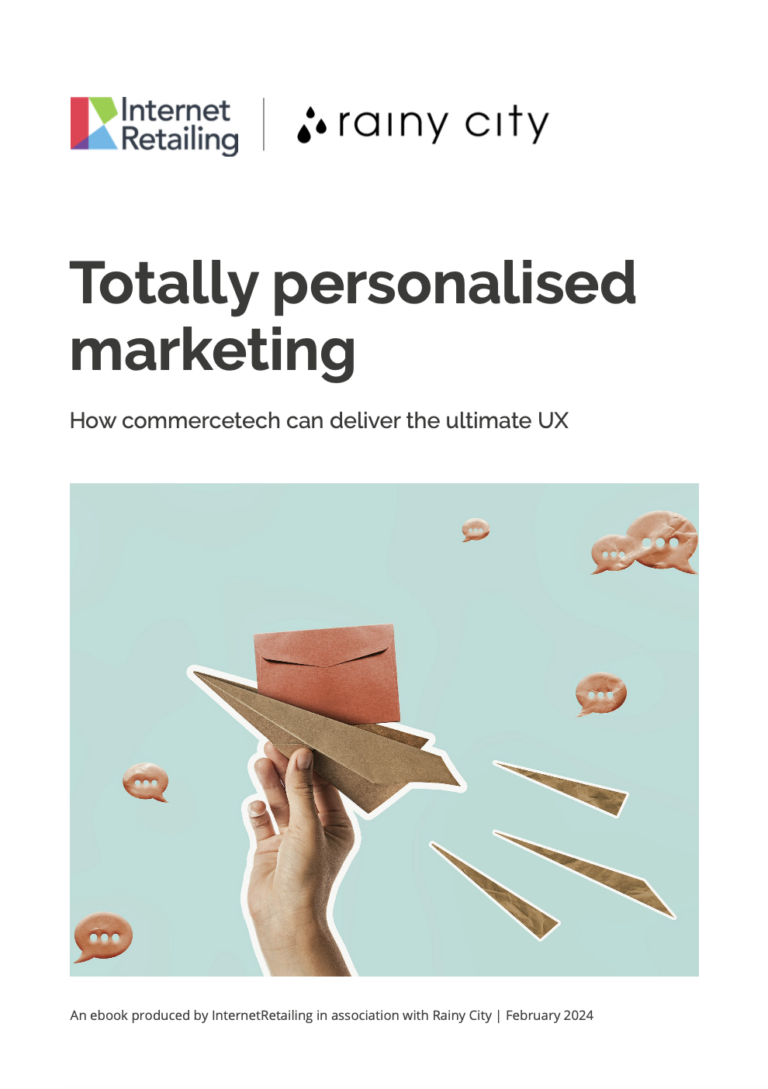The latest RetailX Coronavirus Consumer Confidence Tracker suggests that shoppers have adopted new buying habits since the start of the coronavirus pandemic – but that these habits have remained broadly similar since the last edition of this research two weeks ago.
A quarter (26%) of respondents to the study said that they had stopped going to stores altogether as a result of the Covid-19 coronavirus pandemic. That’s down by four percentage points (pp) from 30% on April 8 – but up by 23pp since March 11. If March 11 was the ‘before’ picture of attitudes to Covid-19, then by April 22, a new way of shopping seems to have emerged. Back on March 11, 4% said they did not buy online. That’s now reduced to 2%, while the numbers saying that they buy online regularly are growing steadily.
The number saying that they’ll go back to how they used to buy has fallen since two weeks ago. Then, 64% said they would revert to the way they used to shop, now that number has reached 54%, with 37% saying they’ll continue to buy as they are now.
This is the fourth fortnightly iteration of the research, which was first run on March 11. Through it, RetailX researchers aim to track how shopper behaviour has been affected by the Covid-19 coronavirus pandemic.
The study questioned 1,000 UK adults on April 22 through Pollfish. Figures are rounded to the nearest full number.
How do shoppers buy – and how is that changing?
In-store
A quarter (26%) of respondents said they had stopped going to physical stores altogether as a result of the Covid-19 pandemic (down from 30% April 8 – but up from 3% on March 11), while 60% (62% April 8, 60% March 25) said they had reduced their store visits. Just over one in 10 (11%) had not changed their store use, and 2% were going to stores more often.
Online
Only 2% of those questioned said they did not shop online, while the largest group were those who said they bought online between six and 15 times a year (30%), followed by the 25% who buy between 16 and 30 times a year. Just under a fifth (19%) buy between 31 and 60 times a year, while 11% buy more than 60 times a year, and 13% buy between one and five times a year. More (51%) said they were still buying from the same retailers as before Covid, while 25% have stopped buying from a regular retailer, and 24% have started buying from a new one. The frequency appears broadly similar to previous research: on April 8, 28% bought online between six and 15 times a year and 28% bought between 16 and 30 times a year. That may suggest many have settled down into new digital buying habits that suit their current circumstances.
Attitudes to coronavirus
Half of respondents now expect it to take between four months and a year until the end of the coronavirus public health issue, while 21% expect it to take between one and three months, and 20% expect it to take between one and two years – up from 10% on April 8. Outliers include those who say there is no public health issue (1%),those who say it will be over in less than a month (2%) and those who say things will never get back to normal (6%). That final figure is double the 3% who thought normality would never return on April 8.
Motivations
Most said they would be more likely to buy from a retailer that was looking after their staff (64%), while that would make no difference for 22%. Asked whether they would buy from a company they knew was making a contribution to the community, 62% said they would, while 25% would be neither more or less likely to. This question was asked for the first time on April 22.
What are shoppers buying online?
Groceries
Some 41% said they had not changed the extent to which they bought groceries online – the same amount as did so on April 8 – while 31% were buying more groceries over the internet (up from 28% on April 8). Fourteen per cent (15% April 8) had stopped buying groceries online and a similar proportion had reduced their online grocery shopping (16% April 8). More than 50% said they were less able to buy groceries online because services were busy as a result of the pandemic (down from 57% on April 8) while 29% (23% April 8) have seen no change to before, and 19% (19% April 8) are more able to buy food online. Forty-seven per cent of shoppers said they strongly thought that grocers had stepped up to take a lead during the pandemic, while 36% somewhat agreed with the statement. That’s six percentage points up from the 77% who strongly or somewhat agreed that they had stepped up on April 8.
Electronics
Forty-two per cent are buying electronics online to the same extent as before Covid-19, while 29% have stopped completely and 20% have reduced their electronics ecommerce spending. Only 9% said they had increased internet spending in this area. A third (34%) said they were less able to buy electronics online because of factors such as busy websites, but 56% said they had not been affected. These figures are broadly similar to April 8
Clothing
A third (33%) of shoppers say they now buy clothes over the internet to the same extent as they did before the pandemic, but 27% have reduced their spending and 24% have stopped altogether. Only 16% say they are now shopping online for clothes more than they did before. Most (55%) say their ability to buy online has not been affected by factors such as busy websites, while 32% say they are less able to buy online. Clothing retailers were thought to have strongly or somewhat stepped up to take a lead during coronavirus by 35% (34% April 8) – but 50% neither agreed or disagreed with the statement.
More than a third (34%, up from 29% April 8, level with 34% March 25) say they have now stopped buying takeaways online, while a quarter (25%) have reduced their online takeaway buying, and 26% have made no change. Only 15% said they are buying more takeaways online.
Social activities
More than half (57%) said they had stopped going out to work, while 26% said they had not changed the extent to which they go to work, and 15% had reduced this. Just 1% said they were going to work more as a result of coronavirus.
Most had completed stopped meeting friends in person (82%), attending work events (80%), and going out for leisure events such as a football match or theatre (86%) and going out to restaurants (86%).
Is the change permanent?
Once the pandemic is over, more than a third (37%) said they’ll continue to shop in the way they are now, while 54% say they’ll go back to how they used to buy. But 9% say they haven’t changed the way they shop. Attitudes appear to be changing, since that contrasts with the almost 70% who said on March 25 that they would go back to how they shopped before.
Here’s a link to the graphs for April 22.
Here’s the research of April 8, March 25 and March 11.
Image: RetailX









